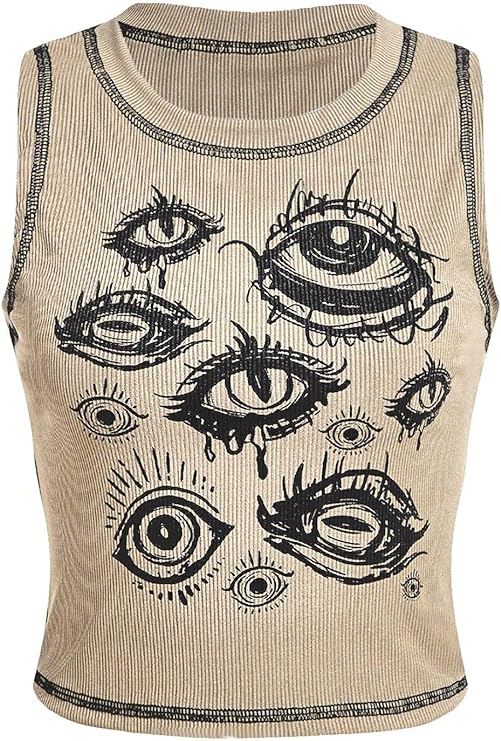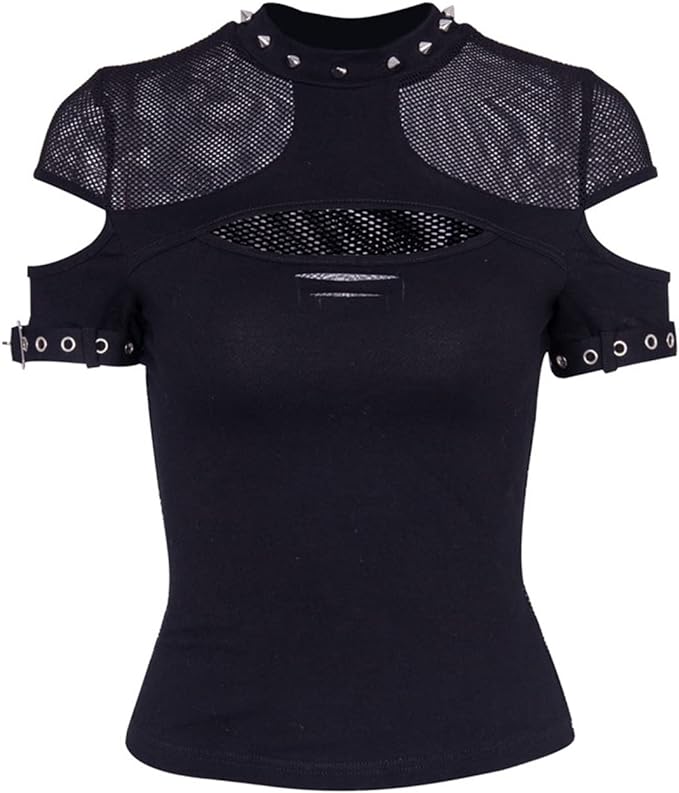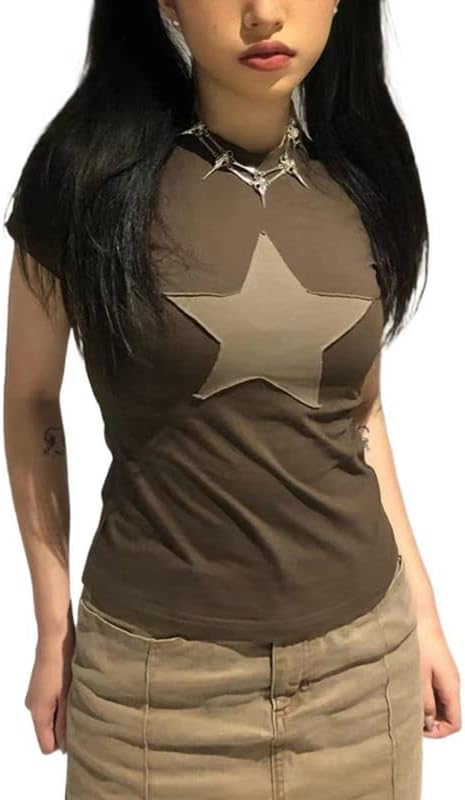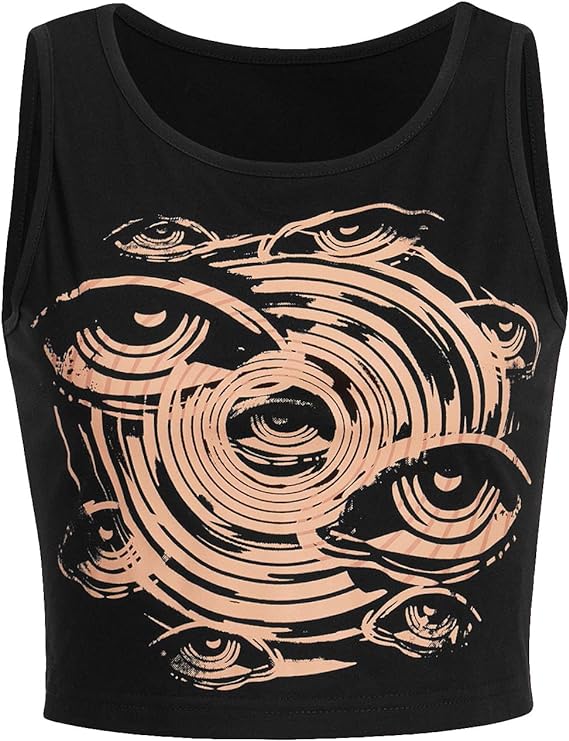Goth clothing has long been associated with a distinct and mesmerizing aesthetic that defies mainstream fashion norms. In this article, we delve into the world of goth clothing, exploring its key elements and characteristics, the historical and cultural influences that shaped its evolution, the subcultures that embrace the goth fashion, the impact of goth fashion on popular culture, the diversity within goth fashion, and the future of goth clothing as a form of self-expression and art.

I. Key Elements and Characteristics of Goth Fashion
1.1 Dark Color Palette: Embracing Shadows and Depth
The dark color palette is a defining feature of goth fashion. Black, deep purples, blood reds, and rich blues dominate goth clothing, creating a sense of mystery and rebellion. These dark hues embody the goth subculture’s fascination with darkness, melancholy, and introspection. The use of a dark color palette in goth fashion adds depth and visual allure, challenging traditional mainstream fashion norms.
1.2 Layers and Textures: Crafting a Multidimensional Aesthetic
Layering plays a critical role in goth fashion, allowing individuals to create multidimensional and visually captivating outfits. Multiple garments, such as corsets, lace overlays, fishnet stockings, and flowing fabrics, contribute to the complexity and texture of goth attire. The art of layering adds dimensions and visual interest to goth fashion, enticing onlookers with its intricate and diverse combinations.

II. Historical and Cultural Influences on Goth Fashion
2.1 Romanticism and Victorian Era: Embracing Dark Romanticism
Goth fashion finds inspiration in the Romanticism movement and the aesthetics of the Victorian era. The influence of Romanticism’s fascination with melancholy, individualism, and nature can be seen in the goth subculture’s preference for dark colors and introspective themes. The Victorian era’s emphasis on ornate details, corsetry, and lace also resonates in goth clothing, adding an element of elegance and nostalgia.
2.2 Punk Subculture and Rebellion: A Fusion of Attitude and Style
The goth fashion movement emerged from the punk subculture, drawing influences from its rebellious spirit and anti-establishment ideology. Punk’s do-it-yourself attitude and emphasis on self-expression inspired goth fashion enthusiasts to explore alternative styles and challenge societal norms. The fusion of punk and goth aesthetics created a unique subculture that embraced the dark, unconventional, and distinctive.

III. Subcultures and Communities within Goth Fashion
3.1 Trad Goth: A Classic and Timeless Style
The traditional goth subculture emphasizes a classic and elegant style. Adhering to goth fashion’s key elements, such as dark colors and Victorian-inspired details, trad goth enthusiasts embody a sophisticated and refined aesthetic. They often incorporate elements like top hats, tailored coats, and lace gloves into their outfits, exuding a sense of old-world charm and grace.
3.2 Cybergoth and Industrial Styles: Embracing Futuristic Elements
The cybergoth and industrial subcultures within goth fashion not only embrace a dark and mysterious aesthetic but also infuse it with a futuristic and avant-garde twist. These subcultures incorporate elements that push the boundaries of traditional goth fashion, immersing themselves in a world that is deeply fascinated by technology, rebellion, and an alternative vision of the future.
One of the defining features of cybergoth and industrial styles is the use of vibrant neon colors. These electrifying hues, such as neon green, bright blue, and striking pink, create a visual spectacle that is both eye-catching and otherworldly. The neon palette serves as a nod to the integration of technology and the digital landscape, evoking images of a dystopian future characterized by bright lights and virtual realities.
To further enhance the futuristic aesthetic, cybergoth and industrial enthusiasts often utilize materials like PVC and latex. These glossy, sleek, and often form-fitting materials add a modern and almost robotic edge to their outfits. The shine of PVC and latex creates a distinct visual contrast against the dark and gothic elements, cementing the subcultures’ focus on embracing a unique and non-conformist style.

IV. Gothic Fashion’s Impact on Popular Culture
4.1 Music and Icons: Influencing Music and Subcultural Icons
Goth fashion has made a significant impact on popular culture, particularly in the realm of music. Bands like Siouxsie and the Banshees, The Cure, and Marilyn Manson embraced goth fashion and became influential icons within both goth and mainstream communities. Their unique style and music resonated with audiences, solidifying goth fashion as an integral part of alternative music movements.
4.2 Film and Media: Representation and Inspiration in Popular Culture
Goth fashion’s distinctive aesthetic has also left its mark on film and media. Movies like “The Crow” and “Interview with the Vampire” showcased goth-inspired fashion and created iconic characters that resonated with audiences globally. Goth fashion’s influence is also evident in alternative fashion editorials, goth-themed photography, and even makeup trends.
V. Diversity within Goth Fashion
5.1 Gender and Fluidity: Challenging Traditional Gender Roles
Goth fashion offers a space for individuals to challenge traditional gender norms and explore gender fluidity. It embraces androgyny, allowing individuals to express themselves outside the confines of societal expectations. Goth fashion’s inclusivity and acceptance of diverse gender identities have made it a welcoming subculture for those seeking to defy norms and embrace self-expression.
5.2 Intersectionality: Embracing Cultural and Racial Diversity
Moreover, Goth fashion has become increasingly inclusive and diverse, embracing individuals from various cultural and racial backgrounds. Subcultures like Afrogoth and Asian goth highlight the interplay between different cultures and goth aesthetics, showing that goth fashion is not limited to a single cultural lens. This diversity has enriched the goth community, fostering an environment that thrives on creativity and uniqueness.
VI. Future of Goth Clothing: Intrinsic Artistic Expression
6.1 Innovation and Sustainability: Forward-thinking Initiatives
Therefore, As goth fashion continues to evolve, there is an increasing focus on sustainability and ethical production. Designers within the goth community explore alternative materials, upcycling, and repurposing techniques to create eco-friendly fashion. This shift towards sustainable practices ensures that goth clothing aligns with contemporary concerns for the environment and social responsibility.

6.2 Continued Artistic Expression: Pushing Boundaries and Challenging Norms
In addition, The future of goth clothing lies in its intrinsic artistic expression. It will continue to push boundaries, challenge norms, and provide a platform for individualism and self-expression. Goths will explore new subgenres, incorporate innovative materials and technologies, and push the boundaries of goth fashion through multidisciplinary collaborations with other artistic mediums.
In conclusion, goth clothing unveils a dark and captivating aesthetic that embraces darkness, rebellion, and self-expression. The key elements and characteristics, historical influences, subcultures, and impact on popular culture have shaped goth fashion into a diverse and dynamic form of artistic expression. Its focus on individualism, inclusivity, and non-conformity ensures that goth fashion will continue to evolve, challenge norms, and inspire new generations of goths to embrace their unique style and identity.
